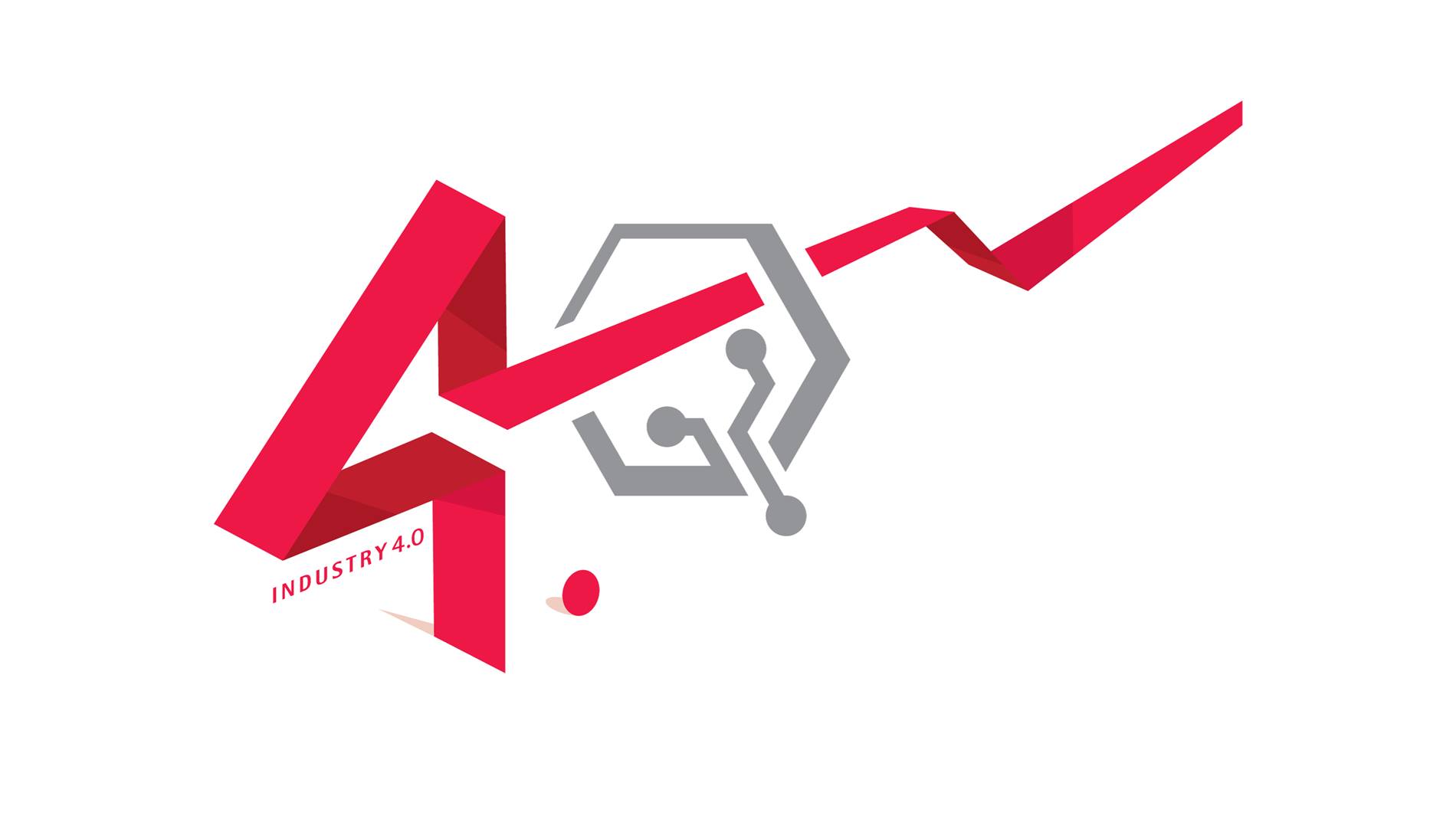
The Industrial Internet of Things and Industry 4.0: What’s the Difference and Does it Matter?
27 November 2017
The Industrial Internet of Things and Industry 4.0 are often used interchangeably. We take a look at the differences and address the question: do they matter?
You have, no doubt, already read and heard plenty about the big changes that are coming to the supply chain. Connectivity, big data, automation and other technology trends are converging to create new opportunities to increase productivity, reduce costs and enable unprecedented flexibility.
These various technologies are often discussed under the umbrella of larger macro trends, specifically the Internet of Things (IoT) and Industry 4.0. But as these concepts have gained traction in the market, they continue to evolve and have become harder to define. In this post, we’ll explore the relationship between the two terms and what they ultimately mean for the future of the warehouse.
The IoT is the interconnection of computing devices and sensors embedded in objects and machines, enabling them to collect, send and receive data. That sounds like a simple concept, but the implications are powerful and far-reaching. The IoT has the potential to transform every aspect of our lives, creating smarter homes, buildings, vehicles, and just about everything else.
This ability to connect machines through the Internet is as powerful, if not more so, in manufacturing and the supply chain as it is in other applications. This reality led to the creation of a more specific term, the Industrial Internet of Things (IIoT), to describe the application of IoT technology in industrial settings. GE is generally credited with coining the term and, along with other manufacturers, created the nonprofit Industrial Internet Consortium (IIC) to advance the concept.
The IIoT connects the sensor data, machine communications and automation systems that have become common in industrial settings and uses advanced control technology, machine learning and big data to enable smart machines, and ultimately smart factories and warehouses. Already we are seeing this technology being applied the way industrial systems are maintained and serviced through real-time condition monitoring.
Industry 4.0 has different origins than IIoT but encompasses many of the same principles and technologies. The term first emerged in the German Federal Ministry of Education and Research in 2011, and was developed to capture that country’s vision for the future of manufacturing. While some still associate the term with the German government—and it is still more prevalent in Europe than in the U.S.—the term quickly outgrew its origins and has been adopted by a wide range of vendors and manufacturers, including Swisslog and our parent company KUKA.
One of the strengths of the term Industry 4.0 is that it puts the incredible changes that are occurring today in the context of previous industrial revolutions. In so doing, it helps create a clearer vision for the future that is not only possible but seemingly inevitable. Does anyone still doubt that we will continue to build on the IT and electronics that fueled the third industrial revolution to increase the intelligence and interconnectivity of industrial machines, and that the factories and warehouses of the future will be significantly different than what exists today as a result?
Industry 4.0 has become shorthand for the comprehensive transformation of the whole sphere of industrial production through the merging of digital technology and the Internet with conventional industry. It is very useful in that sense, but it’s also helpful to understand the principles that underlie this transformation to ensure the building blocks are in place to achieve the desired goal. We’ve written extensively about Industry 4.0 and its implication for the warehouse, focusing on what we consider its core principles:
- Interoperability
- Virtualization
- Decentralization
- Real-time Capabilities
- Service Orientation
- Modularity
The fact that we focus more on Industry 4.0 than IIoT in our communications doesn’t mean we don’t fully support the evolution of the IIoT. We do. But we find the term Industry 4.0 to provide a more comprehensive roadmap to the future because it encompasses cyber-physical systems, the Industrial Internet of Things and the Internet of Services. In that way, it helps us plan for and create a future in which cyber-physical systems communicate over the IIoT and cooperate with each other and humans in real time, supported by an Internet of Services in which both internal and cross-organizational services are leveraged across the value chain.
That, I think, is a future we can all work together to achieve, regardless of what we label it. The important thing is that we continue to move toward a common goal: smarter factories and warehouses.




